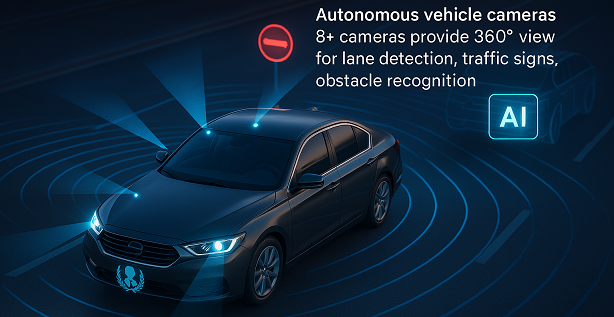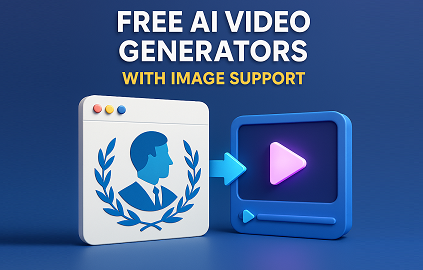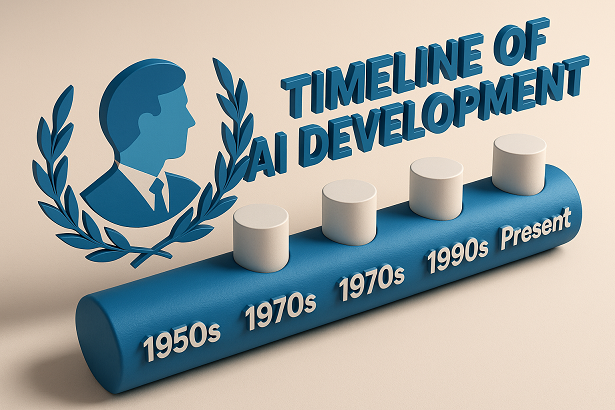Imagine being able to ask your dog how his day went, or knowing exactly why your cat keeps meowing near the door. For centuries, humans have tried to "read" the emotions and needs of animals through behavior, tone, and intuition. But now, artificial intelligence is turning that wishful thinking into an emerging reality.
Quick Navigation
1. Where We Are Today — AI Listening to the Wild
AI-powered applications already allow us to recognize animal voices and behavior patterns with impressive accuracy.
BirdNET & Merlin
Identify bird species just from their songs using audio pattern recognition
iNaturalist
Identify animals from images using global machine learning models
MeowTalk
Interpret cat vocalizations to determine emotional states
Beyond Pets: Advanced Research Projects
Beyond household pets, research groups are decoding complex animal communication systems:
Project CETI
ActiveDecoding the complex clicking "language" of sperm whales using AI pattern recognition
Elephant Voices
ResearchUnderstanding elephants' deep rumbles and unique call signatures using AI analysis
Dolphin Communication
OngoingAnalyzing dolphins' whistles and clicks to understand their complex social structures
The Reality Check
These aren't science fiction experiments anymore — they're live, data-driven research projects that show the richness of non-human communication.
2. The First Steps Toward Real "Translation"
AI today can already detect patterns and emotional cues in animal sounds with growing sophistication.
Emotional State Recognition
Current AI systems can classify animal emotional states through multiple data points:
Content/Happy
- Relaxed body posture
- Playful vocalizations
- Normal breathing rate
Stressed/Anxious
- Increased vocal pitch
- Pacing or restlessness
- Elevated heart rate
Alert/Excited
- Focused attention
- Sharp, quick movements
- Rapid vocalizations
Current Limitation
What's missing is deeper semantic understanding — the "why" behind every sound, posture, and signal. While we can detect emotions, understanding specific meanings and contexts remains the next frontier.
3. How Future Communication Might Feel
Let's imagine five or ten years ahead with advanced AI-powered animal communication devices.
Two-Way Communication Evolution
That's the direction we're heading — empathetic two-way AI-mediated communication that translates emotional states, alerts, and basic intentions between humans and animals.
Animal Expression
Vocalizations, body language, and physiological signals
AI Analysis
Pattern recognition across millions of data points
Human Understanding
Translated messages and suggested responses
AI-Mediated Response
Synthesized sounds and signals animals understand
4. What Needs to Happen Next
To make advanced animal communication truly work, several technological and ethical breakthroughs must align.
Multimodal Understanding
Animals don't just speak through sound — they communicate through body movement, scent, gaze, and vibration. AI models will need to combine audio + video + physiological sensors to decode the full story.
Massive Data & Context
Just as human translators rely on large corpora, AI translators for pets need vast, diverse datasets — across breeds, regions, and environments — to understand "dialects" and personal quirks.
Ethical AI Development
Communicating with animals also means respecting them. Systems must avoid causing stress, misinterpretation, or manipulation. Ethical design is as important as technological innovation.
Animal Welfare First
No technology should cause distress or harm
Informed Interpretation
Clear limitations of AI understanding must be communicated
Privacy Protection
Animal data deserves the same protection as human data
5. The Road Ahead: Development Timeline
Here's what we might expect in the coming years as AI animal communication technology evolves.
2025–2028
2028–2035
2035+
6. The Bigger Picture — Beyond Pets
The same AI breakthroughs in animal communication will reshape wildlife conservation, veterinary care, and agriculture.
Wildlife Conservation
Forest microphones will alert rangers to endangered species nearby, while AI analysis of animal communications can help monitor ecosystem health.
Veterinary Medicine
AI communication tools will help veterinarians better understand patient needs and improve diagnostic accuracy through behavioral analysis.
Agriculture & Farming
Farms will automatically detect stress in livestock through AI-analyzed calls, improving animal welfare and productivity.
7. The Future Is About Listening, Not Just Talking
Real communication isn't about making animals "speak human." It's about understanding their world — and learning to listen in a way that respects their emotions, instincts, and individuality.
The most intelligent conversation of the future might not be between humans and machines — but between humans, machines, and the animals we love.
A New Relationship with Nature
This is the dawn of a new human–animal relationship — one guided by understanding rather than assumption. Artificial intelligence is giving us that chance to bridge a communication gap that has existed for millennia.
Deep Listening
Understanding animal communication on their terms
Empathetic Connection
Building relationships based on mutual understanding
Planetary Awareness
Expanding our consciousness to include all living beings
Explore AI Innovation Opportunities
Our consultants can help your business leverage AI technologies for innovative applications in animal care, conservation, and communication.
Discuss AI Implementation

